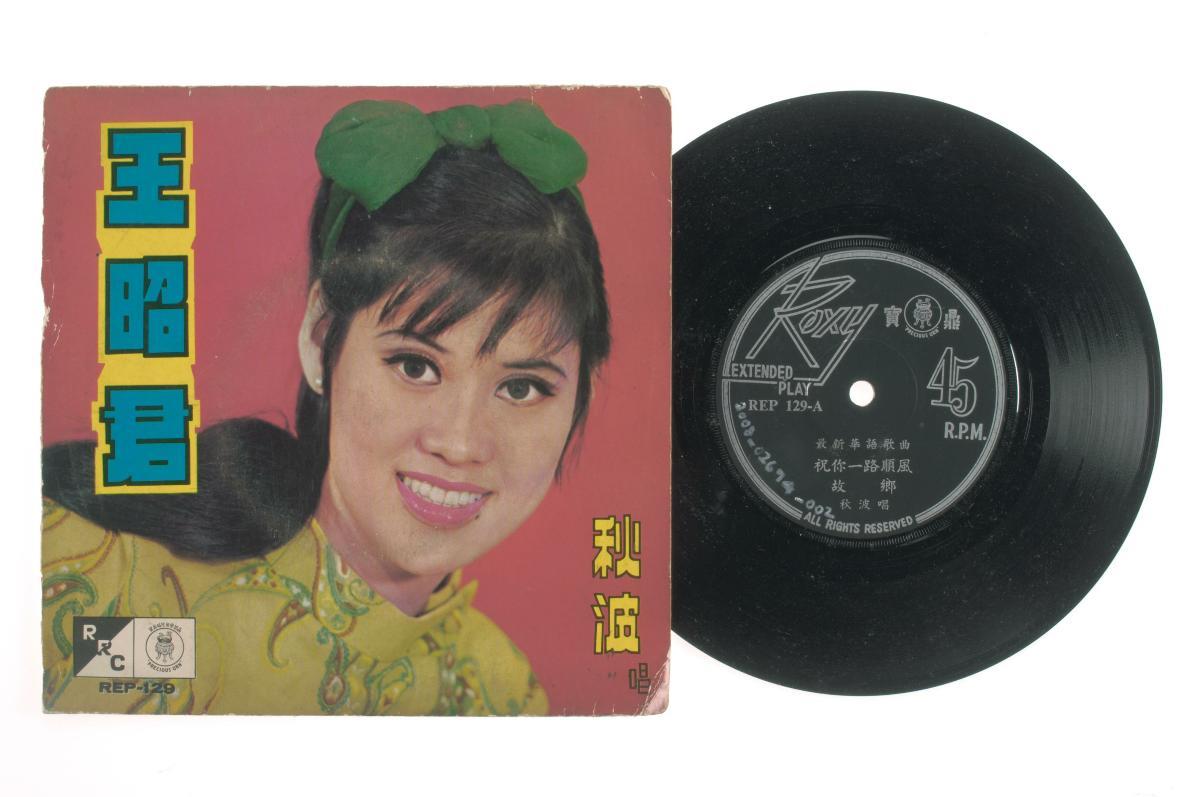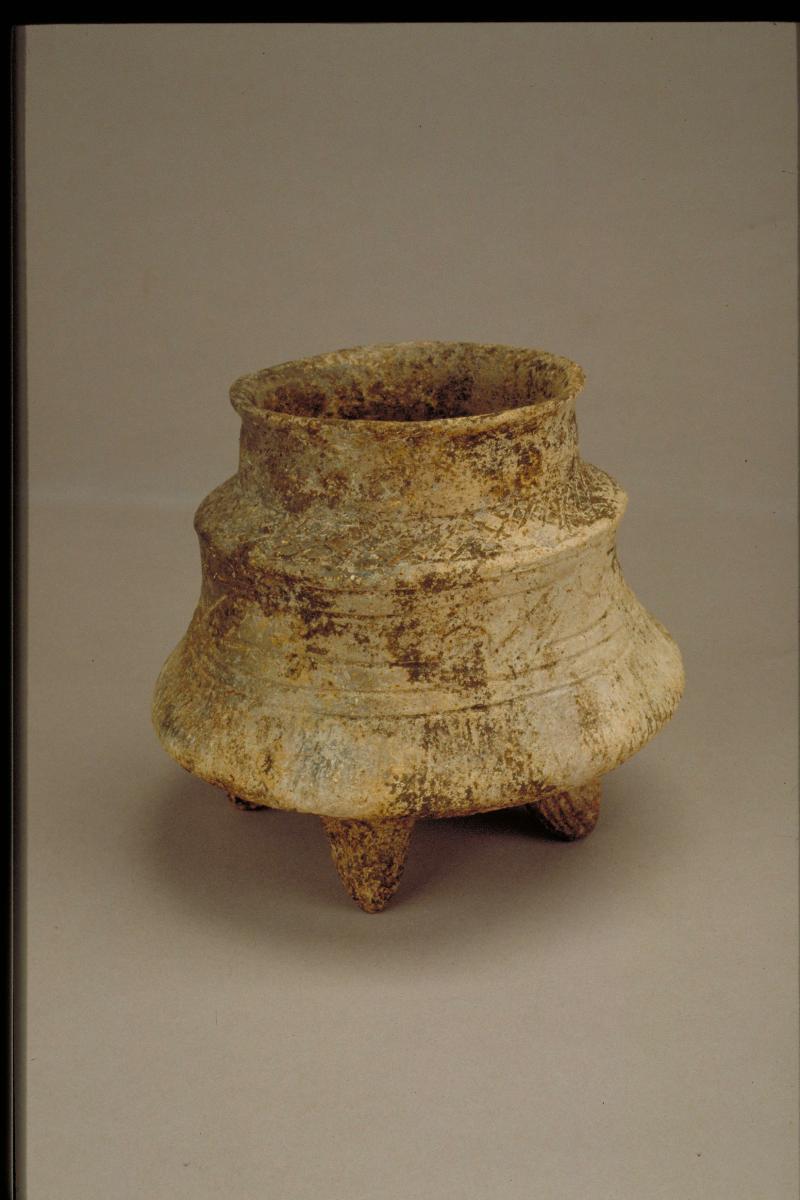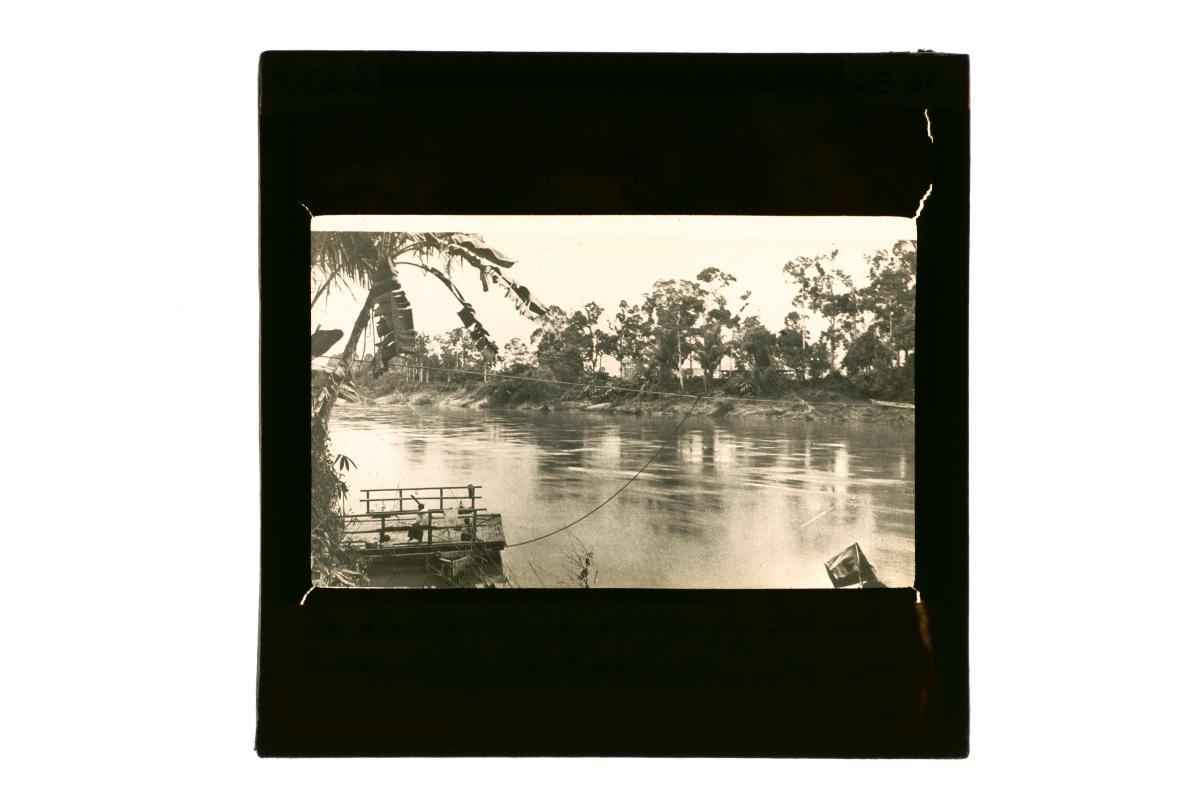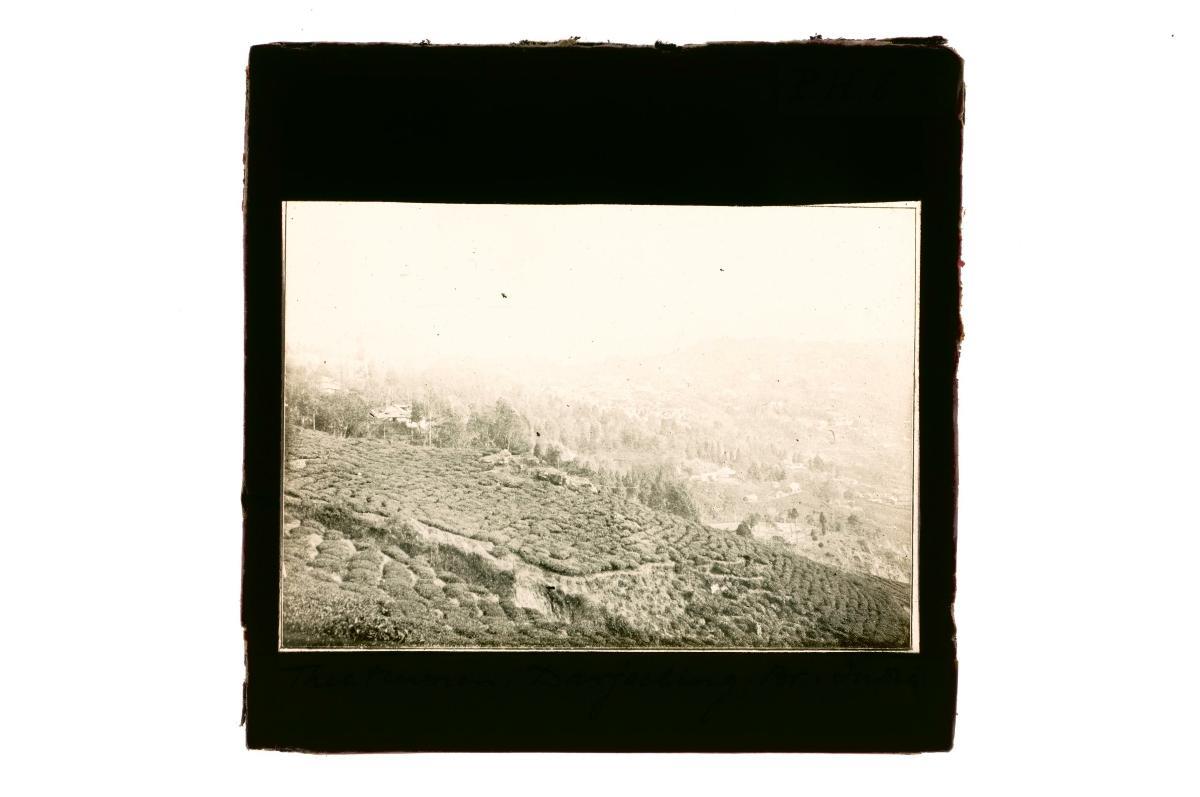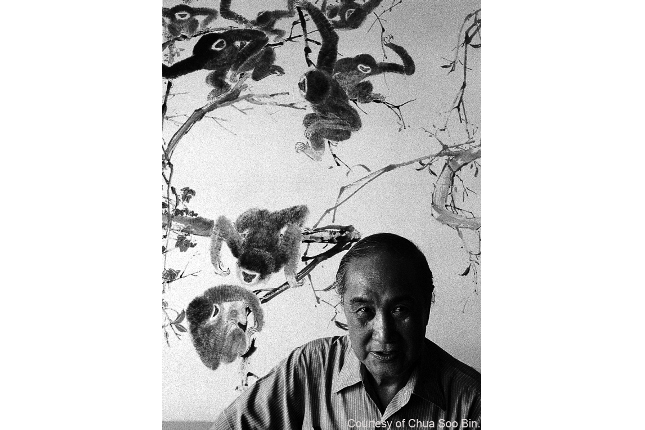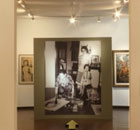This pair of cups is covered in pure, white glaze. They each have a four-character inscription in cursive script, which probably refers to wine-drinking. In an ancient Chinese practice, the literati would indulge in wine drinking to induce a heightened awareness, spontaneity and creativity. Wine cups often have inscriptions from famous poems in praise of wine and wine-drinking was often associated with poets and scholars.Dehua, a district in Fujian province, is the production centre for white porcelain, which is known to the Chinese as 'zhuyoubai' (pork-grease white) or 'xiangyabai' (ivory white), and to the Europeans, 'blanc de Chine' (white porcelain). As these names suggest, Dehua porcelain has a white body, consisting predominantly of porcelain stone ('baidunzi') with minute amounts of clay. This porcelain was produced as early as the 14th century. However, production and quality peaked in the 17th century. A variety of techniques, including press-moulding and slip-casting, were used to create a wide repertory of wares. This ranged from religious figurines to scholar’s objects and enamelled wares.





